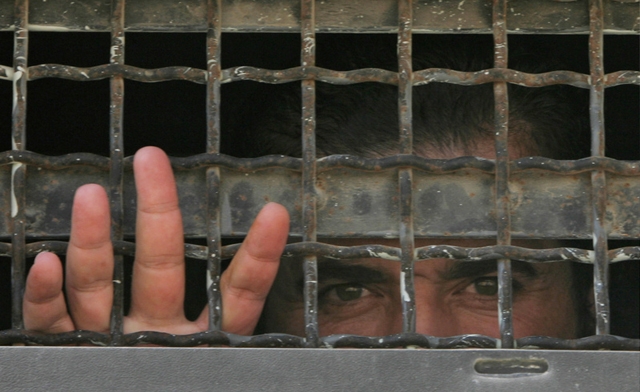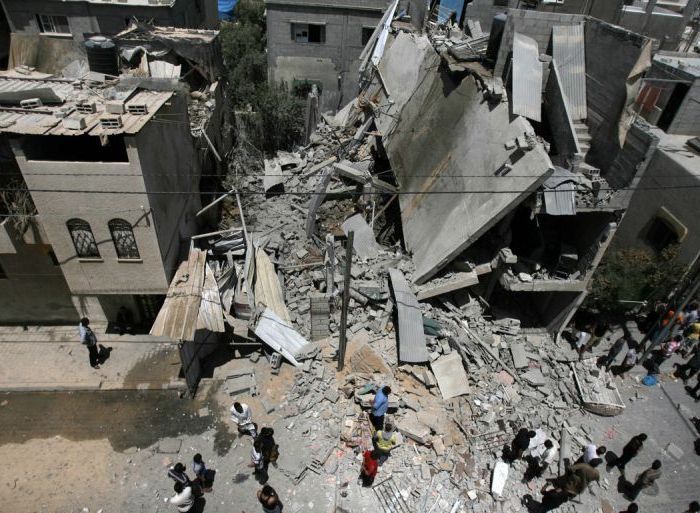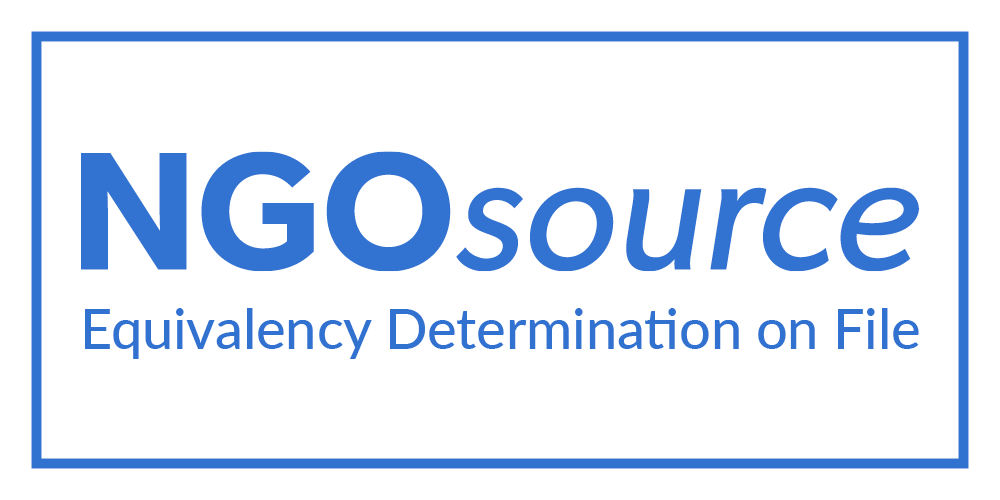Adalah attorney at UN: Israel moves to evict dozens of Bedouin families to expand Israeli town of Dimona
Adalah Attorney Myssana Morany spoke at NGOs briefing to CESCR review of Israel, United Nations Headquarters in Geneva, 30 September 2019:
Members of the Committee,
I thank you for the opportunity to speak before you today. My name is Mysanna Morany, and I am an attorney at Adalah - The Legal Center for Arab Minority Rights in Israel, which is based in Haifa and Beer Sheva.
In my statement today, I will relate to issue number 14 of the Committee’s list of issues for Israel. I will focus on how Israel is violating its obligations under the CESCR by working toward the forced displacement and dispossession of the Bedouin community living in the Naqab.
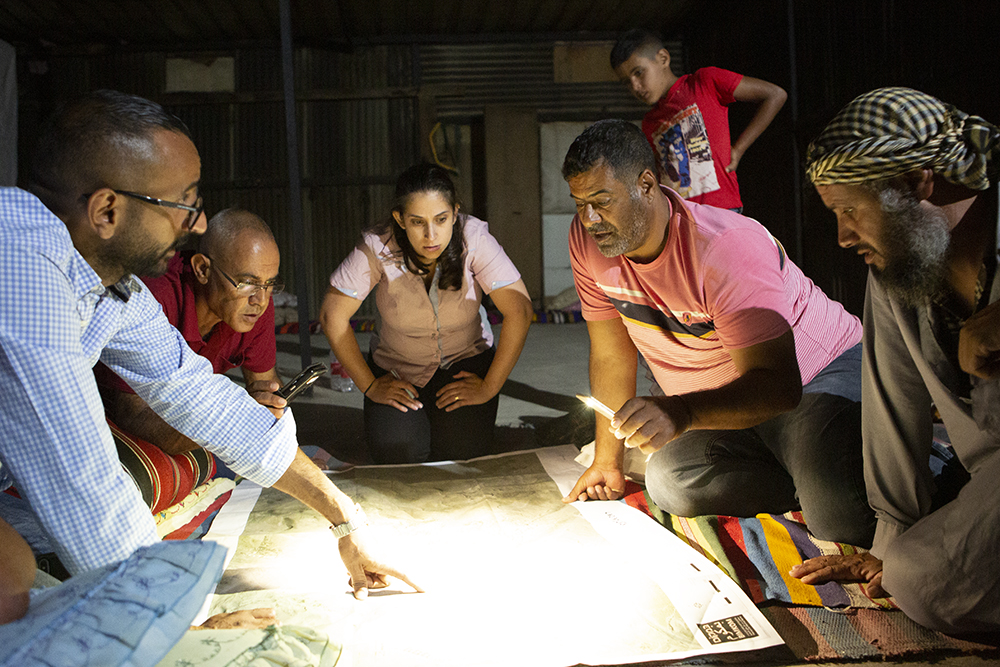
Adalah Attorney Myssana Morany (center) reviewing maps with residents of the unrecognized Bedouin village of Ras Jeraba. (Photo by Mati Milstein)
The Bedouins form 34% of the population in the Naqab. Third of them, between 70,000-90,000 – citizens of Israel - live in 35 villages that Israel refuses to recognize and considers them Illegal. Some of these villages have existed long before the establishment of Israel, while others were created during the 1950s, after the Israeli military regime forcibly transferred their inhabitants into this area known as ''Al Siyāj '' area.
Israel's policy in the Naqab is guided by the false depiction of the area as a vast empty space that should be used for the settlement of Israeli Jewish citizens. As a result, Israel refuses to acknowledge the land rights of the Bedouins and implements policies of forced displacement and urbanization.
Hence, Israel refers to the Bedouins in the unrecognized villages as "diaspora'', ''criminals'' and ''trespassers'' and uses different policies, laws and planning mechanisms to displace the Bedouins, in order to assert state-control over the land.
First of all, all the buildings in the unrecognized villages, that house tens of thousands of Bedouins, are considered by the state as unlawful and thus are subject to demolition orders, high fines and very violent demolitions carried by heavily armed state forces. With the recent enactment of the Kaminitz law, it is even easier for the state to pursue demolitions without judicial review.
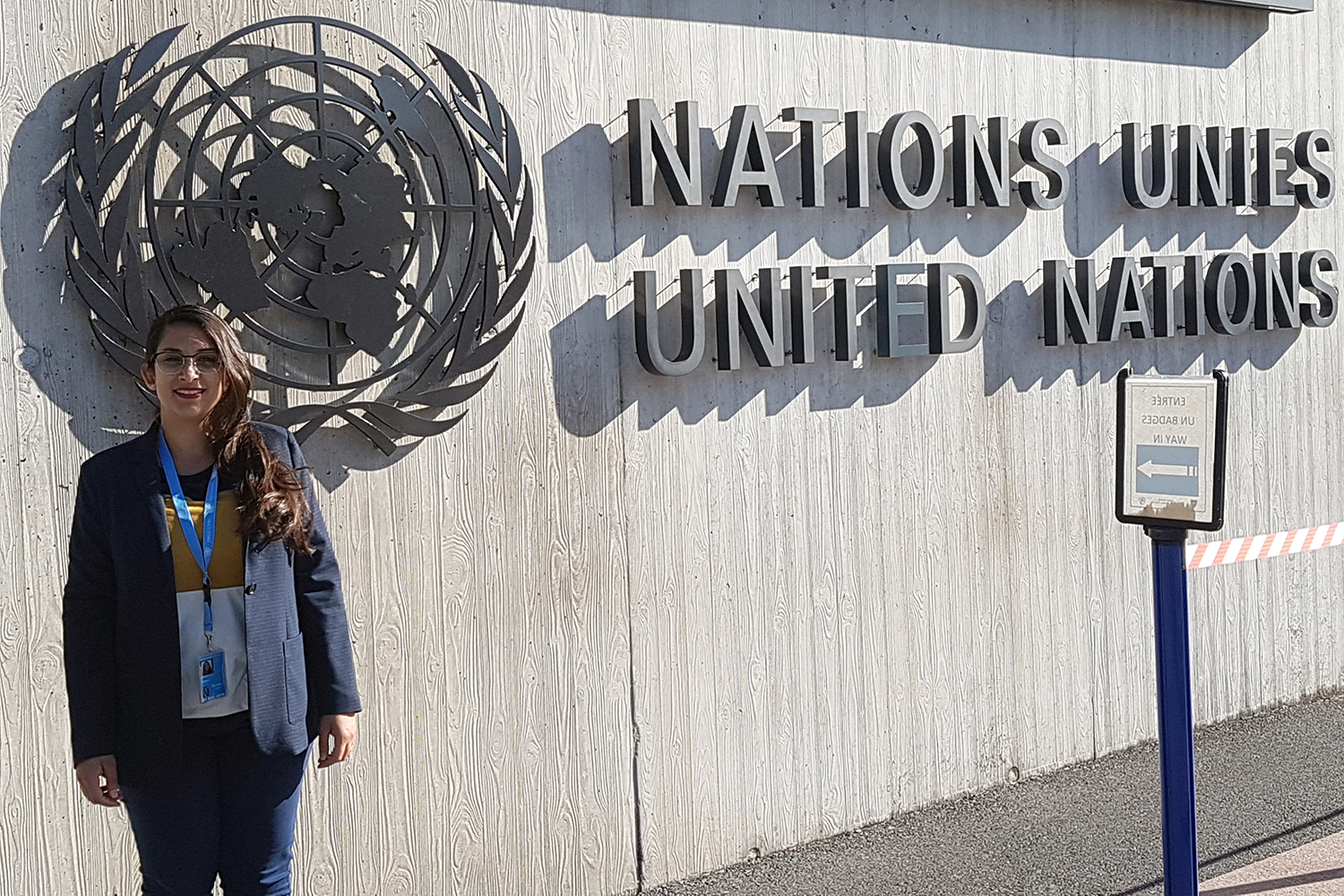
Adalah Attorney Myssana Morany at United Nations Headquarters in Geneva.
Furthermore, Israel purposely denies these communities appropriate access to the most basic services including clean drinking water, electricity networks, healthcare, schools, roads, and sewage disposal. By this, Israel aims to achieve force displacement by creating a coercive environment that is not suitable for living.
Second of all, Israel has recently promoted huge infrastructure projects In the Naqab. Although these projects are presented as “development“ projects, in fact they induce displacement. For example, Israel is extending Road 6, a major north-south highway, and the route of the road is expected to affect at least 9 unrecognized Bedouin villages. The authorities are planning to use this project to evict 1,000 families.
Another example is the plan for “Ramat Beka Special Industrial Zone''. The plan involves the relocation of a weapons factories and a massive testing facility to an area home to multiple Bedouin communities. The plan threatens to displace thousands of Bedouins from their land and exposes thousands of residents to health risks.
In addition to the mentioned purposes that are used as a cover to evict Bedouins, the eviction is done also in order to build Jewish-only towns. A well-known example is the case of Umm al-Ḥīrān. After a 15-year legal struggle against their eviction from the village, in April 2018, under extreme pressure from the authorities, most residents signed an agreement to leave their village, and to relocate to the township of Ḥūra. These negotiations took place in an extremely coercive environment and in the presence of police forces in and around the village, and against the background of last year’s brutal police killing of a local man during a demolition operation in the village. The only reason for the displacement is that Israel seeks to establish a Jewish-only town on exactly the same land to be called “Hiran”.
The displacement of 500 residents of Umm al-Hiran is soon to be repeated in Ras Jeraba, another unrecognized village in the Naqab. Here, dozens of Bedouin families have been issued with eviction orders, so that the state may use the land of the village to expand the Israeli town of Dimona.
The mentioned examples prove that the displacement of the unrecognized villages a goal that Israel is working hard to achieve. For Israel, the forced displacement of the Bedouins is the only solution considered and it is not even a subject for negotiations. The only negotiable issue is the location of new plots for homes in other towns.
Therefore, we ask that the Committee find that Israel is not in compliance with its obligations under the CESCR and issue concluding observations and recommendations for the State of Israel that address these breaches and demand a full implementation of the Covenant.












